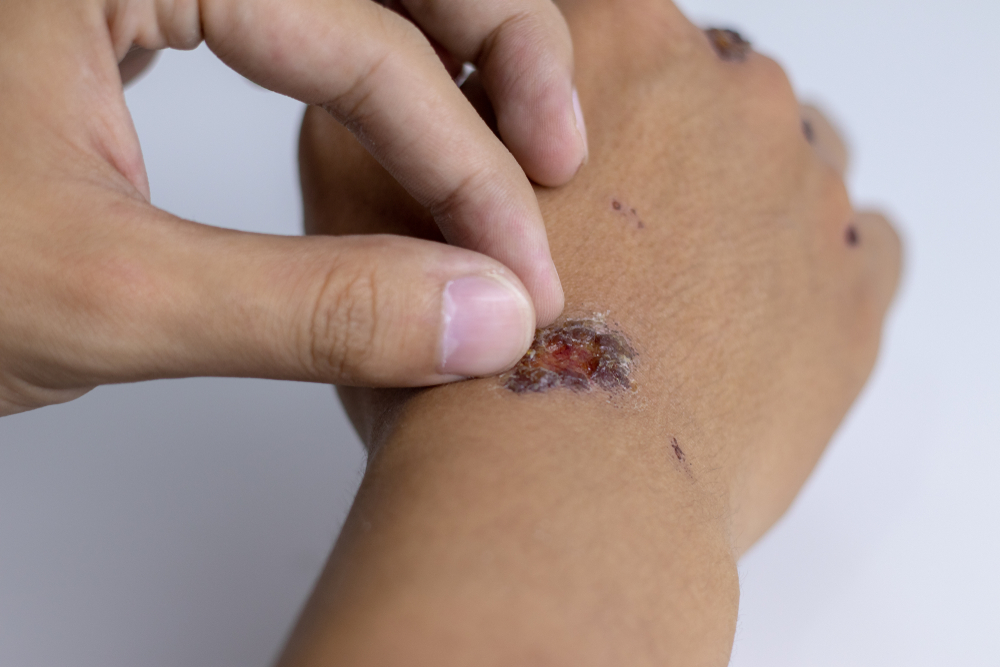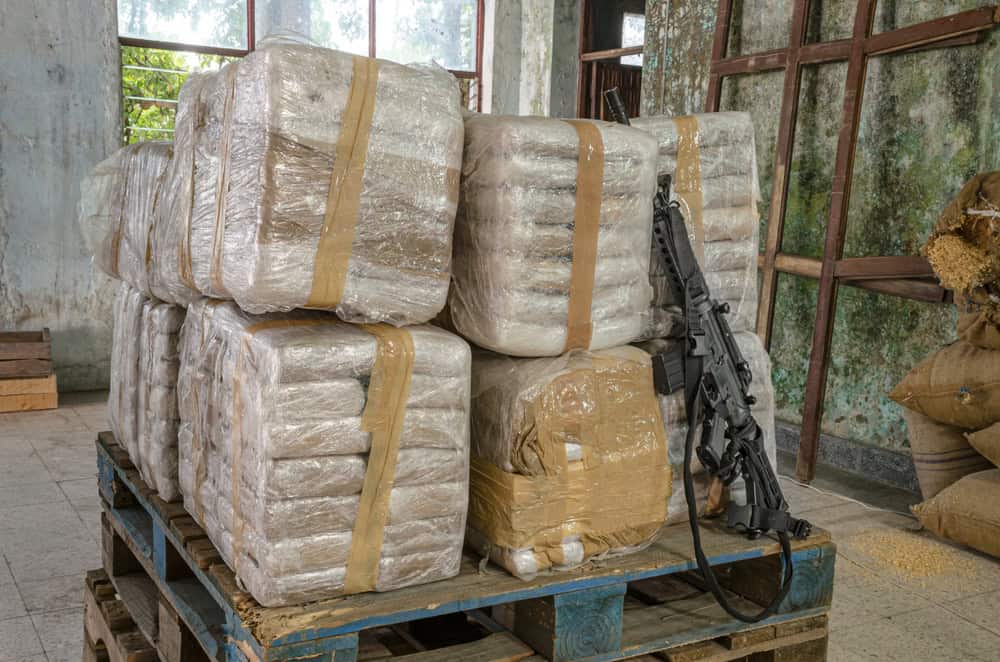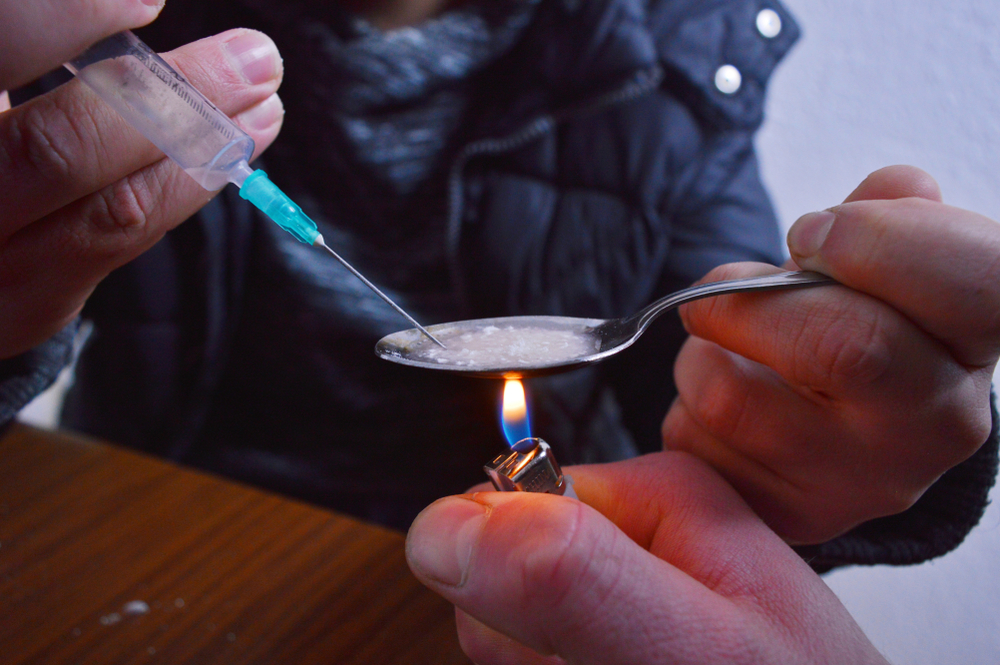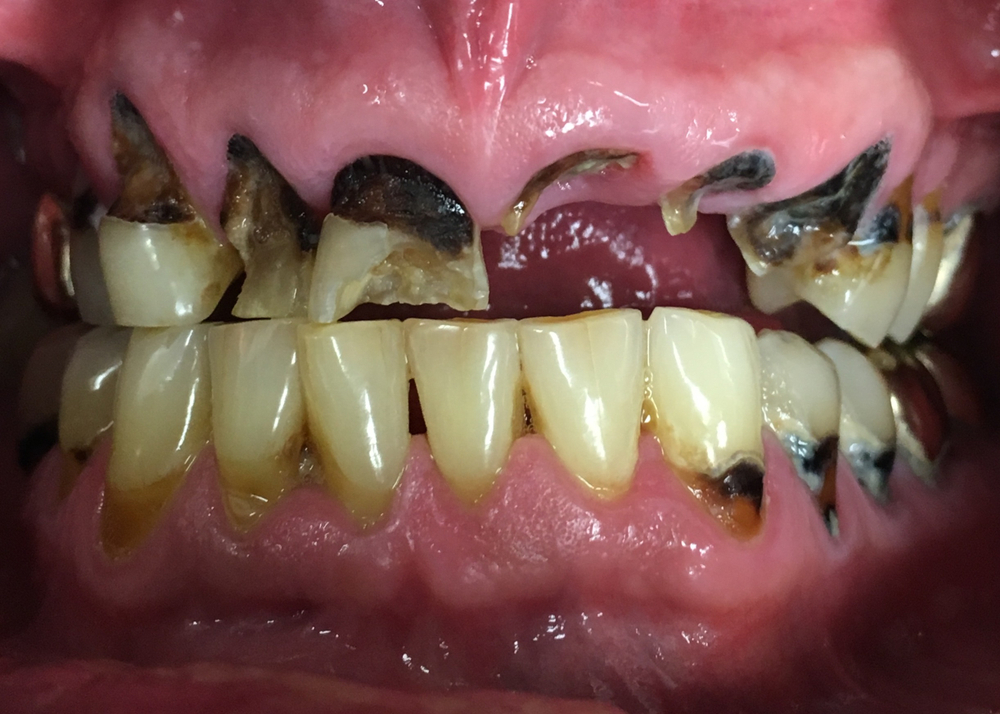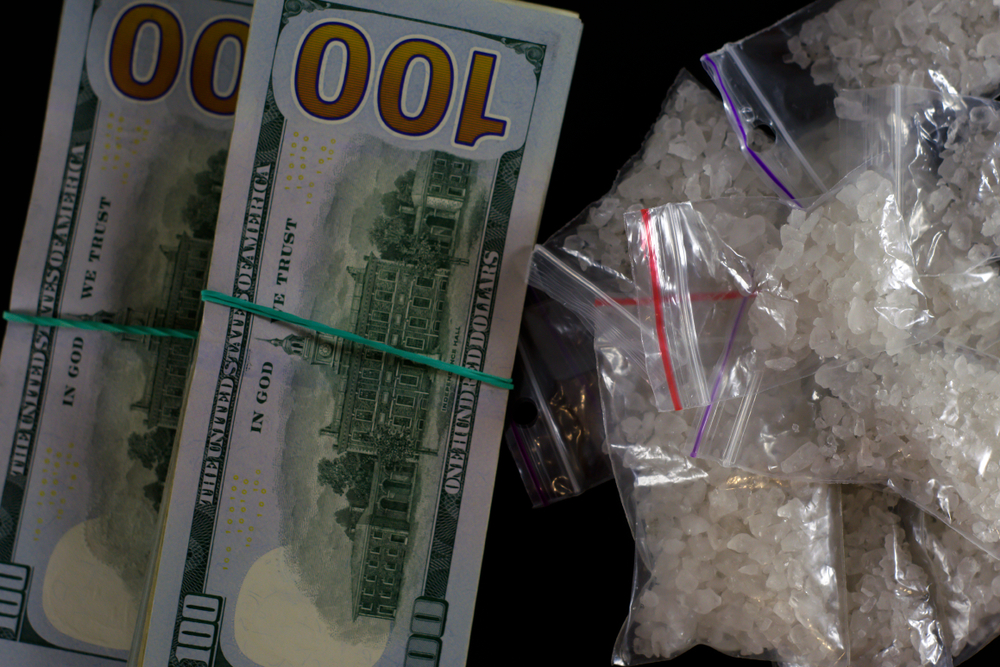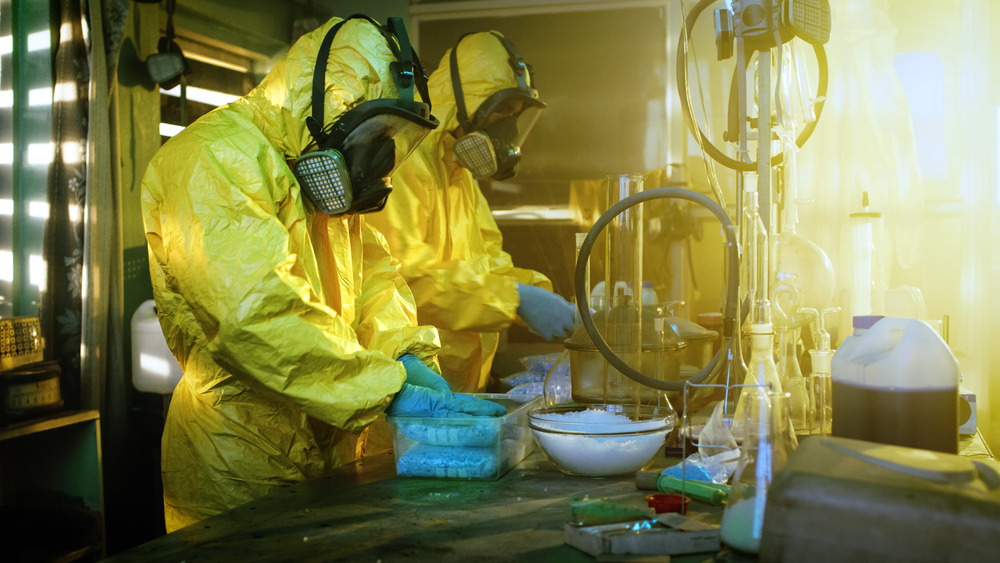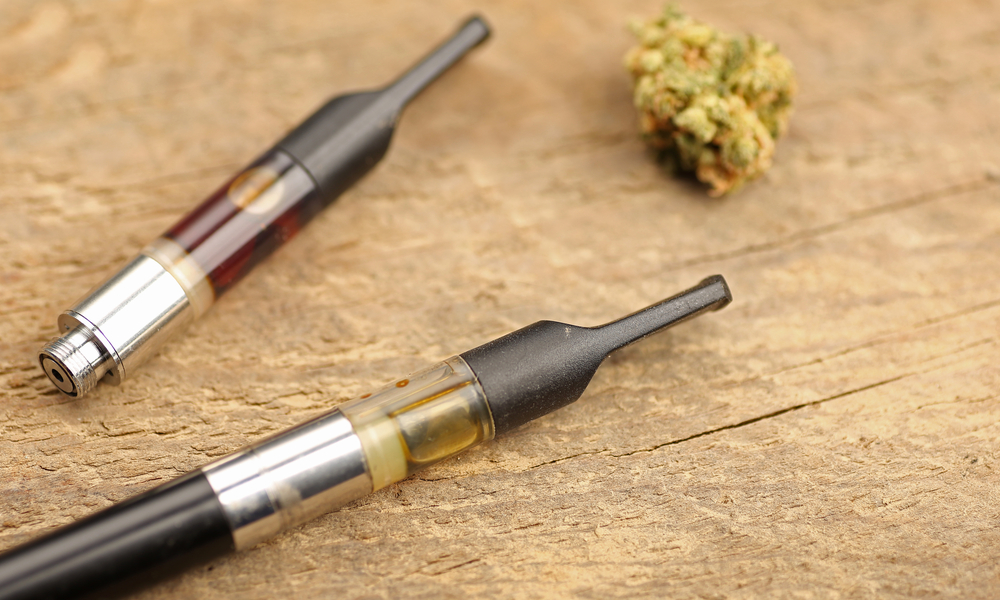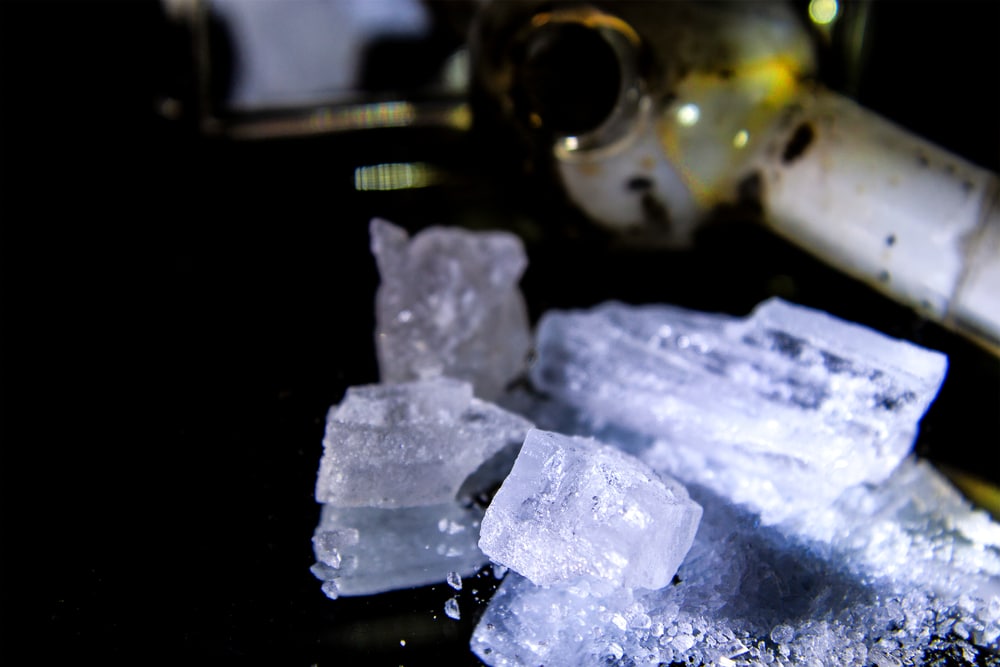The Resurgence of Methamphetamine: Why It’s More Dangerous Than Ever
Methamphetamine use is rising across the United States, and today’s meth is far more dangerous than before. The drug has changed in ways that make it stronger, more addictive, and more harmful to both your body and mind.
If you’ve heard about the increase in meth-related overdoses, you may be wondering what’s causing this surge. This article breaks down everything you need to know—what meth is, how it’s changed, why it’s more addictive, and what options exist for treatment and recovery.
What Is Methamphetamine?
Methamphetamine, often called meth, or crystal meth is a powerful stimulant that affects the central nervous system. It increases dopamine levels in the brain, making you feel a rush of energy and euphoria. But this high comes at a steep cost. Over time, meth rewires the brain’s reward system, making it highly addictive.
Meth has been around for decades, but the way it’s made today has changed dramatically. Super meth, the version most common now, is much stronger than meth from past years, leading to more severe health consequences and higher addiction rates.

How Meth Production Has Changed
In the past, meth was typically made using ephedrine and pseudoephedrine, ingredients found in common cold and allergy medications. This method, while dangerous, resulted in a drug that users could still function on for some time before serious health effects took hold.
Today, most meth is produced in P2P meth labs, which use a different production method based on phenyl-2-propanone (P2P). This change has made meth far more potent. The P2P process allows large quantities of meth to be produced quickly and cheaply, fueling the drug’s widespread availability.
P2P meth creates a version of the drug that hits the brain harder, causes more intense side effects, and increases the risk of addiction almost immediately.
The Physical Effects of Super Meth
Super meth affects almost every system in your body. Your heart rate, blood pressure, and respiratory rate spike when you take it. This puts immediate stress on your heart and lungs, making you more vulnerable to heart attacks, strokes, and organ failure.
Long-term use causes:
- Heart damage – Prolonged high blood pressure weakens the heart, increasing the risk of heart disease and failure.
- Lung problems – Irregular respiratory rate can lead to breathing issues and damage to lung tissue.
- Severe weight loss – Methamphetamine suppresses appetite, leading to extreme weight loss and malnutrition.
- Skin sores and tooth decay – Users often develop open sores from excessive scratching, and meth mouth (rotting teeth) is common due to dry mouth and poor hygiene.
Mental Health Effects of Super Meth
Meth severely impacts your mental health as well. It alters brain chemistry, leading to paranoia, hallucinations, and extreme mood swings. Over time, these effects become more intense, often making it difficult for users to function normally.
Common mental health side effects include:
- Severe anxiety and panic attacks
- Hallucinations (seeing or hearing things that aren’t there)
- Paranoia and delusions (believing things that aren’t true)
- Depression and suicidal thoughts
Long-term meth use can cause permanent changes in brain function. Even after stopping meth, many people struggle with memory loss, cognitive impairment, and emotional instability.

Why Meth-Related Overdoses Are Increasing
One of the biggest dangers of super meth is the increased risk of overdose. Since today’s meth is so much stronger, it’s easier to take too much without realizing it. Many overdoses happen when someone uses the same amount they were used to before but doesn’t realize the drug is more potent. According to the CDC, there were 36,251 meth-related overdose cases in the US in 2023. This was a slight increase from 35,550 in 2022.
An overdose can cause:
- Dangerously high heart rate and blood pressure
- Stroke or heart failure
- Seizures
- Loss of consciousness
- Respiratory failure
Meth overdoses are often fatal, especially if emergency medical help isn’t available in time.
Why Meth Addiction Is Harder to Treat Than Before
Meth addiction has always been challenging to overcome, but super meth makes it even harder. The drug’s extreme potency leads to stronger cravings and more severe withdrawal symptoms, making it difficult for people to quit on their own.
Withdrawal symptoms include:
- Fatigue and extreme exhaustion
- Intense depression and suicidal thoughts
- Severe anxiety
- Insomnia or excessive sleeping
- Physical pain and body aches
The Impact on Communities
Meth is affecting both rural and urban communities across the United States. The west coast has seen particularly high spikes in meth use, but the problem is spreading nationwide.
The rise of super meth has created major challenges for law enforcement, healthcare providers, and local governments. Communities are seeing an increase in:
- Homelessness due to addiction
- Emergency room visits for meth-related health crises
- Crime rates, including theft and violence linked to drug use
- Overwhelmed healthcare and social service systems
What Are the Treatment Options?
Despite how potent super meth is, recovery is still possible. Addiction treatment centers are adapting to the new challenges by offering evidence-based treatment programs designed to address the physical and mental health effects of crystal meth addiction.

Types of Treatment
- Medical Detox – Helps manage withdrawal symptoms in a safe environment with medical supervision.
- Inpatient Treatment – Provides 24/7 care at an addiction treatment center, with therapy, medical support, and relapse prevention strategies.
- Outpatient Programs – Allows individuals to live at home while attending regular therapy sessions. This can be effective in treating those with mild to moderate addiction.
- Behavioral Therapy – Helps individuals rebuild healthy habits, manage stress, and cope with cravings.
Why Comprehensive Treatment Matters
Addiction treatment works best when it addresses both the physical and mental effects of addiction. Relapse is far more likely if treatment focuses only on one aspect—either the body or the mind. A whole-person approach gives you the best chance at long-term recovery.
Why Early Intervention and Harm Reduction Save Lives
Methamphetamine addiction worsens the longer it goes untreated. The earlier you seek help, the greater your chances of reversing the damage and avoiding life-threatening complications. Early intervention also reduces the risk of long-term cognitive decline, severe paranoia, and permanent organ damage.
At the same time, harm reduction is essential. For those not ready to quit, harm reduction strategies—such as access to medical care, mental health support, and education—help minimize the risks associated with meth use. These approaches don’t encourage addiction; they provide a bridge to treatment, making it easier to seek help when the time comes.
Specialized Treatment at More Than Rehab
More Than Rehab offers personalized care explicitly designed for meth addiction. Our treatment programs combine medical supervision, therapy, and structured support to address both the physical and psychological challenges of addiction. MTR approach includes:
- Medical detox to ease withdrawal safely
- Inpatient and outpatient programs tailored to different recovery needs
- Behavioral therapy and relapse prevention to support long-term sobriety
When it comes to methamphetamine addiction, now is the best time to seek help. Don’t wait. Contact us today—we’re here to provide the care, guidance, and support you need to regain control of your life. Recovery is possible, and we’ll help you every step of the way.


